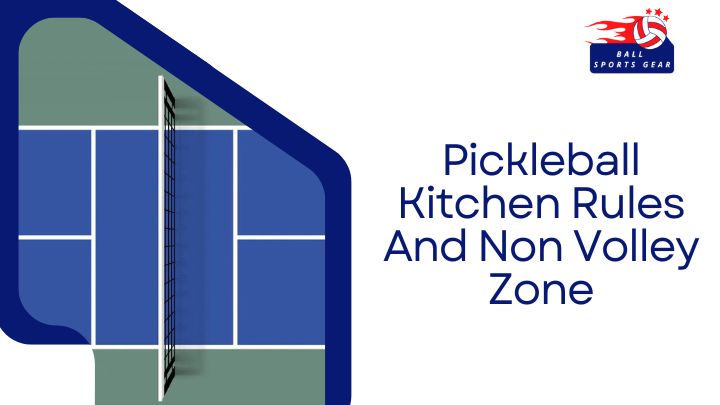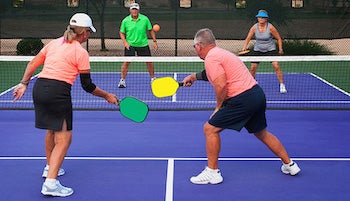
A padel racket will give you the best possible experience while playing this sport. You can choose from many different materials and sizes. To meet your needs, you can modify the weight of the padel racket.
Generally, padel rackets weigh between 330 and 385 grams. The rackets, made mostly from carbon fiber and fiberglass, provide good speed as well as control. EVA rubber cores, which are stronger than foam, can also be found in some models. These rackets can be more expensive. You can still get a great value padel racket even if you have a limited budget.
Consider your playing style, level of experience and how you want to play padel. Beginners should choose a racket with a simple user interface. Advanced techniques will reap the benefits of padel rackets which are stronger and more potent.

Your padel grip is another important factor. You will have the best experience possible with your padel racket if you choose the right grip. There are many types of grips available, including sticky grips and thin overgrips. You should also take into consideration how much you sweat while playing. Players who sweat frequently should opt for a grip with a harder, more sticky surface.
Important to know that there are many types of balls available for each level. Intermediate and beginners ball ranges have slower speeds and more feel. Advanced and Pro ball ranges have more felt and are slightly faster. It is important to choose a padel racquet that will work with the balls you use.
Depending on your skill level and preferences, you can opt for a round or teardrop padel racket. Round padel rackets provide good control and are suitable for both offensive or defensive players. Teardrop padel rackets work well for left-handed and intermediate players. This design ensures a balanced and sweet spot close to the center of the racket.
You may want to choose a smaller padel racket, especially if this is your first attempt. Foam is often used because it is the cheapest material. Foam is soft and comfortable.

Ask a close friend or family member for help to get a better understanding of your needs. Ask them about their experience with padel, how much they play, and any questions you may have about the game. Then, you will be able to decide which racket suits you best.
You should consider your financial situation, your skill level and your budget when choosing a padel racket. It doesn't matter if your level is beginner or expert, there are great rackets available. There are so many models available that you can choose from, making it easy for you to find the one that meets your needs.
FAQ
Can I exercise after eating?
It depends on the exercise you do. Avoid strenuous exercise after meals as it can cause stomach cramps. Light aerobic activities, such as walking or biking, are better.
What Are Cardio Exercises?
Cardiovascular exercises are those that require your heart and lungs to work harder than normal. Jogging, swimming and rowing are just a few examples. These activities burn fat and raise your metabolism. They are also great ways to keep fit.
What should I eat before I work out?
No. You don't have to eat before you start working out. It is possible to snack on yogurt or fruit if you are hungry after your workout.
Exercise can I make my body gain weight?
Not at all. Actually, exercising can help you to maintain your current weight. When you work out regularly, you'll build muscles and increase your metabolism, helping you burn more calories throughout the day. This means your body will not store as much fat.
Why is it important to get enough rest?
Sleep is essential for maintaining a healthy lifestyle. Your body needs sleep to heal itself from daily stressors. A good night's sleep is essential for optimal functioning throughout the day.
Statistics
- In 2018, the World Health Assembly agreed on a global target to reduce physical inactivity by 15% by 2030 and align with the Sustainable Development Goals. (who.int)
- According to the Centers for Disease Control and Prevention, chronic diseases cause 7 out of 10 deaths in the U.S., and treating chronic diseases accounts for 86% of U.S. healthcare costs. (mana.md)
- An estimated 110,000 deaths per year could be prevented (cdc.gov)
- Globally, 28% of adults aged 18 and over were not active enough in 2016 (men 23% and women 32%). (who.int)
External Links
How To
How To Burn Belly Fats Faster
Belly Fat is often considered a problem for those who want to lose weight. However, Belly Fat can be beneficial if you really think about it. Your organs will be protected by the amount of belly fat. Let's look at how to rapidly lose belly fat.
Stress and inactivity are two of the major factors that cause us to store body fat. The cortisol hormone stimulates stress which makes us hungry. Cortisol levels are increased by insulin. The excess calories stored as fat are then stored by insulin. Insufficient sleep can lead to an increase in appetite and adrenaline release. These extra calories are broken down through exercise.
There are many options to reduce belly weight. All of these methods can be used, depending on your budget. Here are some tips to help you get rid of belly fat quickly.
-
You can eat less. Eat smaller meals throughout the day rather than eating three big ones. You will eat less calories in general.
-
Drink plenty of water. Water flushes out toxins from your body and keeps you hydrated. Drinking water before meals will help you feel fuller for longer, so you don't overeat.
-
Avoid unhealthy snacks. If you're looking for quick fixes, snack foods like chips, cookies, candies, etc. Although tempting, they can be very unhealthy. These fattening treats are best avoided as they have too many empty calories and sugar. Instead, choose healthy alternatives like fruits, veggies, nuts, seeds, and whole grains.
-
Do strength training exercises at least three times per week. Strength training increases muscle mass, which can help you burn more calories while still resting. It strengthens bones muscles ligaments, tendons and the heart.
-
Regularly walk or stretch. Stretching can improve flexibility, mobility, and reduce back pain. Walking can help you burn calories.
-
Reduce alcohol intake. Reduce alcohol intake. Alcohol is a waste of calories and has no nutritional value.
-
Lose weight gradually. Finding out your current weight is the first step in losing weight. Next, calculate your ideal weight by adding between 5% and 10% to your total body weight. Once you have calculated your target weight, start reducing calorie consumption by 500-1000 calories daily until you reach your goal.
-
Avoid processed food. These foods contain high levels of sugar, salt, and preservatives. Processed foods are often very convenient but don't provide enough nutrients to keep you healthy.
-
Don't skip breakfast! Eating breakfast improves concentration, memory, and energy level. You should have protein (such as eggs) and fiber (such as oats) for breakfast.
-
Have regular bowel movements. Constipation or irregularity can lead to gas and bloating. This can be prevented by drinking plenty of water and increasing fiber intake.